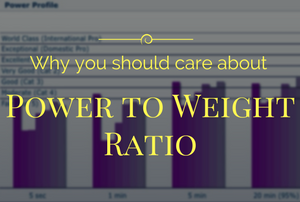Solos Smart Cycling Glasses Review
Imagine riding in a tight pack, shoulder to shoulder with the rider next to you. The group rides under the 1K to go banner at high speed, nervously shuffling as the finish line beckons. You take a split second to look down at your power meter display to set yourself up for the sprint. In that moment, the rider in front of you taps his brakes and you hit his rear wheel, crashing hard.
Next, imagine flying down a sinewy descent, carving sweeping turns with aplomb. You glance down at your computer to get a speed check and miss the small pothole in the road in front of you. Your front wheel hits the square edge and flats the tire, you lose control and crash.
The Solos Smart glasses aim to make those two scenarios a thing of the past. By creating a pair of cycling glasses with an integrated heads-up display, Solos has put your most critical information right in front of your eyes. You never have to look away from the road to check your power or speed. Keeping your eyes on the road keeps you safer.
Do these $500 cycling glasses stack up to their price tag? Click through the jump and I’ll go in depth on the newly released Solos Cycling glasses.





